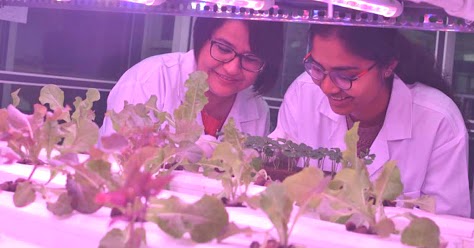
Consumers in the West might have seen vertical farming displays in restaurants and high-end grocery stores, but the technology really hasn’t transformed agriculture in the way that its early proponents promised. For a long time the industry has touted itself as a more sustainable way to grow vegetables, but all the energy needed to light up those LED bulbs means that vegetables grown on vertical farms can 2222end up having higher CO2 emissions than those grown in open fields and trucked hundreds of miles to their final destination. In a world where all electricity is generated by renewables, those emissions would be much lower, but that’s not the world we’re living in right now. However, vertical farms use a lot less water and pesticides than open fields, which is another reason why water-stressed regions are so interested in the technology.
“I hoped that the impact of vertical farming could—and would—be bigger than it currently is,” Pieterse says. Europe’s energy crisis has exposed some of the flaws in vertical farming that were just waiting to come to the surface. “I think in the coming year more realism will really kick in,” says Van Rijswick. Energy prices in Europe will eventually go down again, but 2022 has demonstrated that such an energy-intensive industry will always be vulnerable to fluctuations in electricity prices unless farms can find a way to generate their own power. This is another reason why Gulf states—which tend to have more stable electricity prices thanks to huge reserves of oil and gas—are starting to look more attractive to vertical farm.



